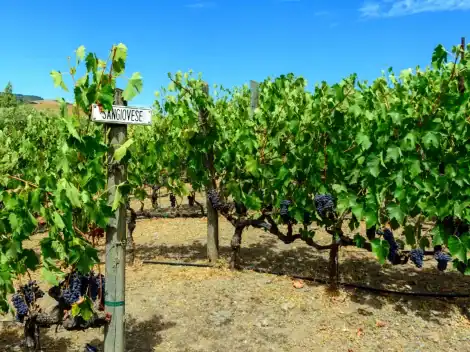Spelt, barley, millet, rice: grains are ubiquitous in the kitchen, an essential element for healthy eating and tasty recipes both in winter and summer. If on colder days there is nothing better than a good soup, when temperatures rise, the right answer is always a refreshing mixed salad. But, in addition to grains, there are also quinoa, amaranth and cous cous, perfect alternatives for summer dishes.
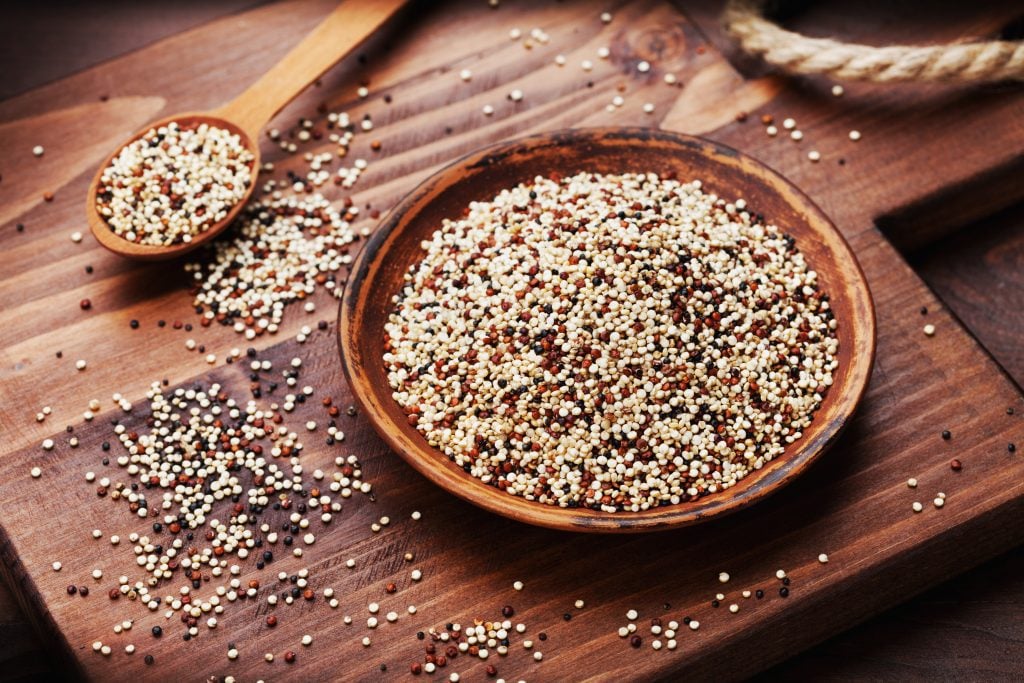
Quinoa: 'the mother of all grains'
Often mistakenly referred to as grain, quinoa belongs to the Chenopodiaceae family, the same one as spinach and beetroot. An ancient crop native to the Andes about six thousand years ago, it is still cultivated, mainly in South America, at an altitude of over three thousand metres. Quite resistant to cold temperatures and to stony and dry terrain, this crop has also the capacity to grow in water-deficient soil. FAO has declared 2013 as the International Year of Quinoa, so as to highlight its potential contribution to the fight against hunger and malnutrition in many countries around the world. Quinoa is a precious food resource, other than a biodiversity preserver (there are 200 different cultivars). It is no coincidence that the Incas used to call it chisiya mama, 'the mother of all grains'.
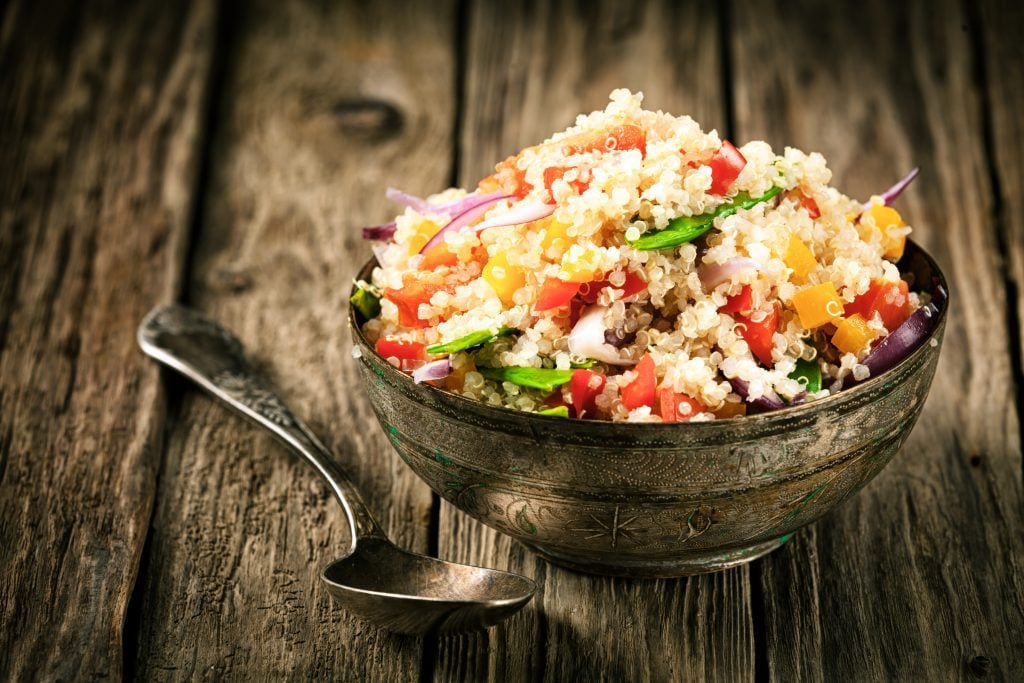
Quinoa: nutritional properties and uses
Gluten-free, its grains represent a great source of starch, rich in fibres, minerals, vitamin and protein. Quinoa has also a good content of calcium, phosphorus, iron, magnesium and zinc, while it is cholesterol-free. Many are its culinary uses: it is an excellent base for refreshing salads or hot soups, but also for preparing veggie burgers, meatloaf (meatless) and croquettes. Besides, it is possible to make homemade quinoa milk, by soaking the grains, then blend them with water (one litre of water per 70 g): once strained, the result is a flavorsome dairy-free alternative for vegans and individuals with lactose intolerance. To cook it, instead, simply rinse the grains, then toast them in a pan with a little oil, adding two parts water and cook over medium heat, until the water is fully absorbed.
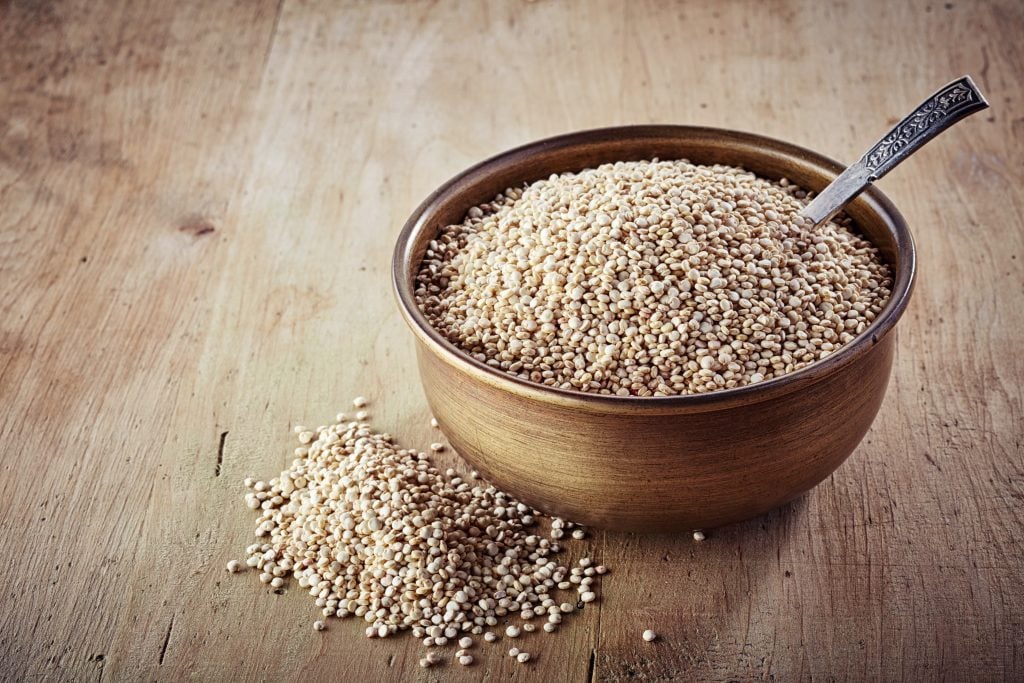
Amaranth, the Incas and the Aztecs’ plant
A herbaceous plant belonging to the Amarantaceae family, it originated in Latin America but soon made its way around the world, finding fertile ground especially in the East, particularly Indonesia and China. Amaranth is rich in iron, protein, fiber, has a good energy intake, it is gluten-free and therefore suitable for those with celiac disease. Its oil and leaves are also edible, while its the reddish-rose flowers are not. Fun fact: Incas and Aztecs considered amaranth sacred and used it in many propitiatory rituals. It was also known as ‘friendship flower,’ because of the etymology of the name (from the Greek amàrantos, meaning ‘that does not wither’), a term related to the flowering periods, that last from July until October.
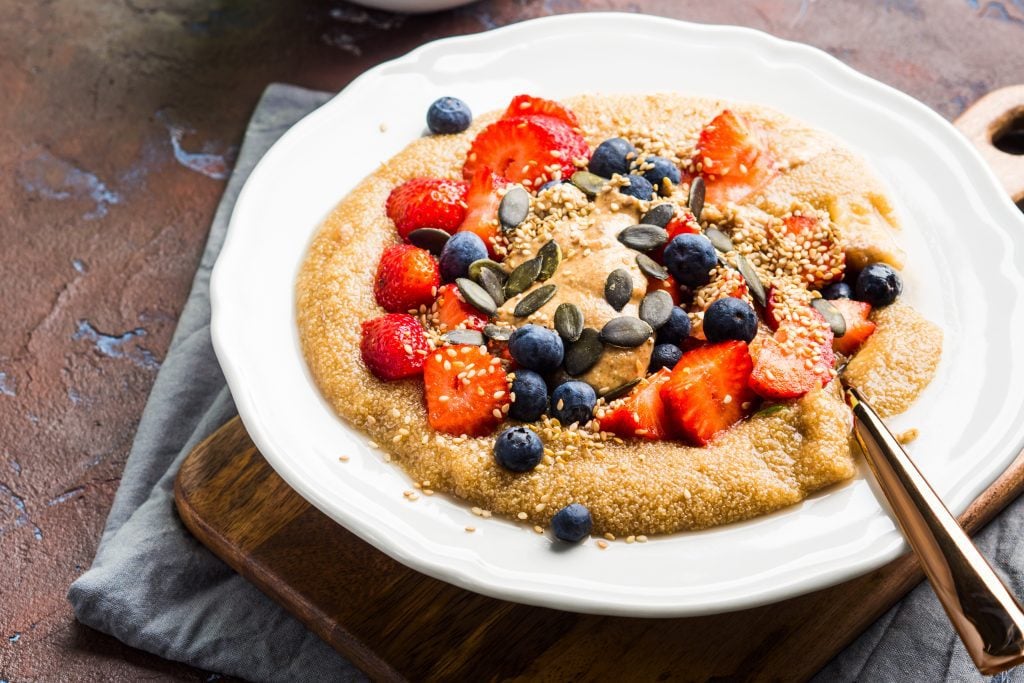
Amarant’s culinary uses: bread, pasta, desserts
Many are its culinary uses: from soups to fillings for vegetables or meat rolls, or as replacement for cous cous, to season with vegetables and legumes, spices and herbs. Combined with flour, it gives rise to original and alternative dough for fresh pasta, and to crispy and flavorful breadcrumbs or used for bread baking. Amaranth can be found also in sweet recipes, such as cereal bars or sweet cookies and, when ground, it can replace other types of flour in cakes and tarts. First, amaranth must be washed and boiled in water three times its weight for 30 to 40 minutes.
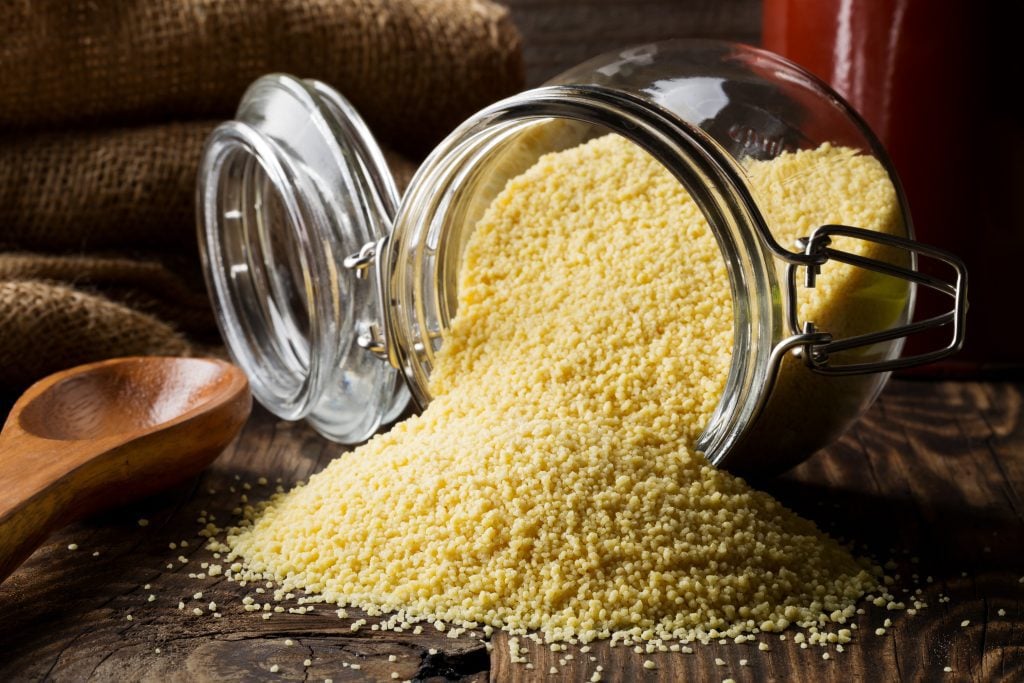
Cous cous, from the Maghreb to Europe
A specialty originating in the Maghreb and in Italy is widespread in Sardinia, Tuscany and Sicily. The history of cous cous – steamed granules of durum wheat semolina – is lost in the mists of time. One of the earliest written references can be found in the 13th-century Muslim Spanish cookbook, the Kitāb al-tabīkh fī al-Maghrib wa l-Andalus, which includes a recipe for cous cous. But the product quickly spread throughout the world: it was eaten in the Nasrid Sultanate of Granada, in Aleppo, and generally throughout the Islamic West. In Europe, on the other hand, it appeared in the early seventeenth century (traveler Jean Jacques Bouchard wrote of eating it in Toulon in 1630) and today it is consumed worldwide, especially in the summertime as cold salad.
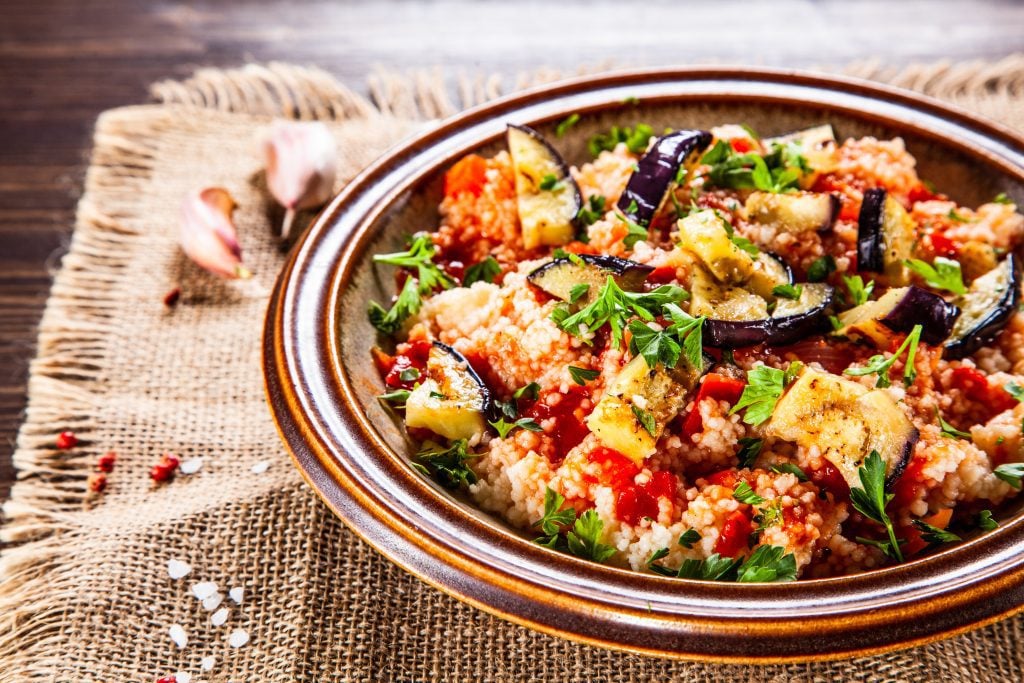
Cous cous in Italy and Trapani-style cùscusu
Among Italy’s most popular recipes, there is the Trapani-style cùscusu (dialect for cous cous): the Maestro Martino's cookbook mentions the ‘cemolella ciciliana,’ a soft polenta made with still wet semolina granules. What differentiates the different Italian cous cous recipes is the seasoning: fish in the Trapani area, the part of Sicily where it is most common, sheep meat or vegetables in Sardinia, vegetables and meatballs in the province of Livorno. In Sicily, there is also an ancient sweet recipe, the highlight of the Benedictine nuns of the Santo Spirito Monastery in Agrigento.
by Michela Becchi

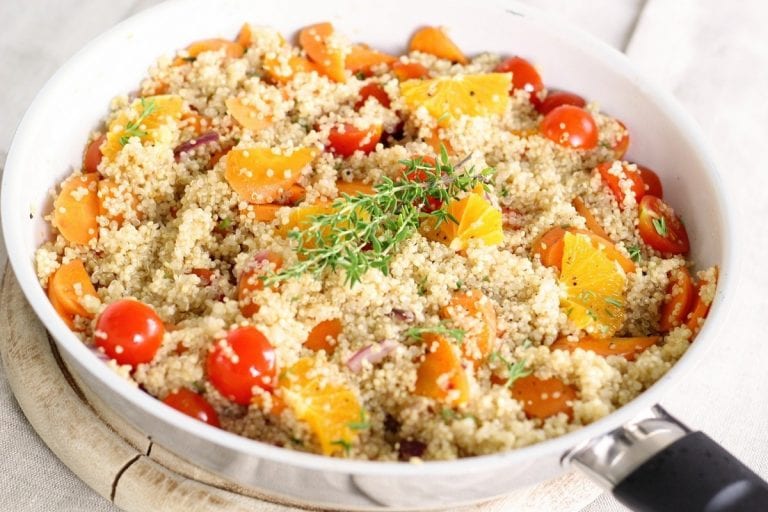
 “In Chianti, warehouses are full and prices are falling”. The economic crisis of Tuscan wine explained by Giovanni Busi
“In Chianti, warehouses are full and prices are falling”. The economic crisis of Tuscan wine explained by Giovanni Busi US tariffs will take effect on 1 August for everyone (including wine). Prosecco DOC: “it’s impossible to plan for the future
US tariffs will take effect on 1 August for everyone (including wine). Prosecco DOC: “it’s impossible to plan for the future Diego Rossi of Trippa opens a new osteria: what you can eat at Nino Osteria con Cucina in Milan
Diego Rossi of Trippa opens a new osteria: what you can eat at Nino Osteria con Cucina in Milan How you eat at Sentiero, the restaurant Elba Island was missing
How you eat at Sentiero, the restaurant Elba Island was missing

